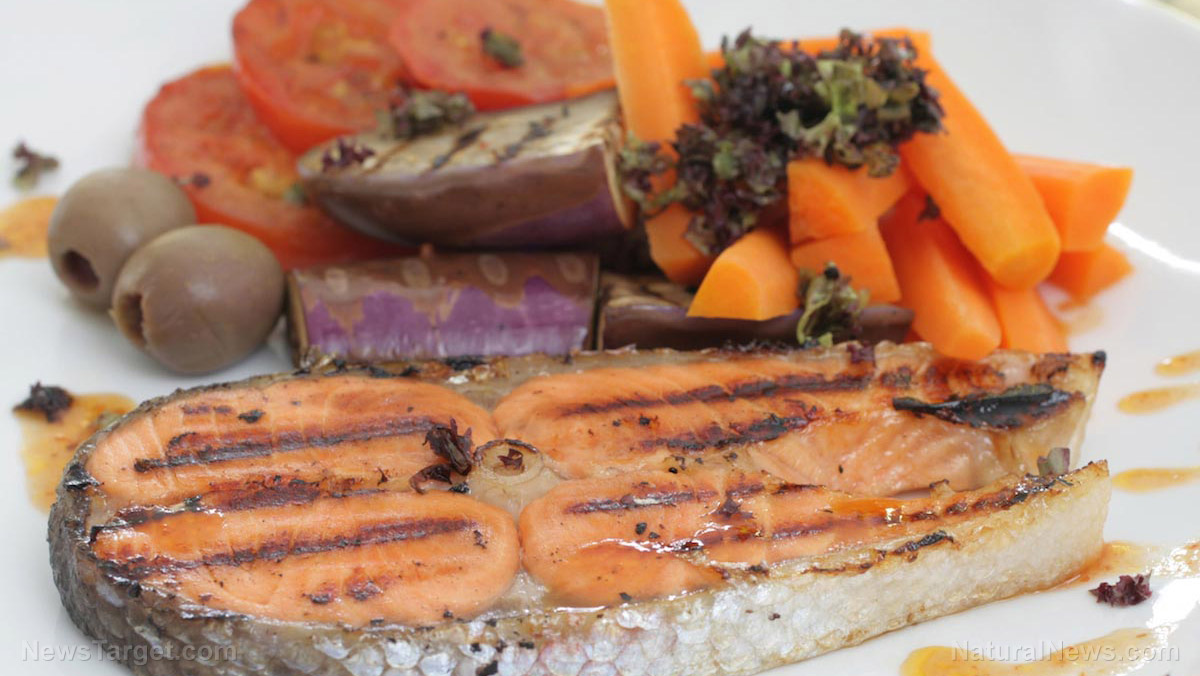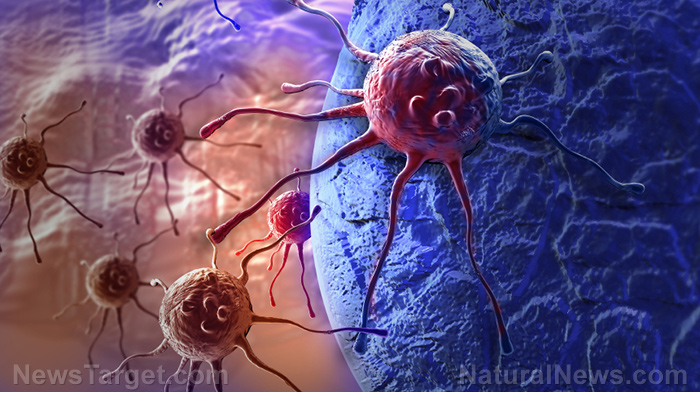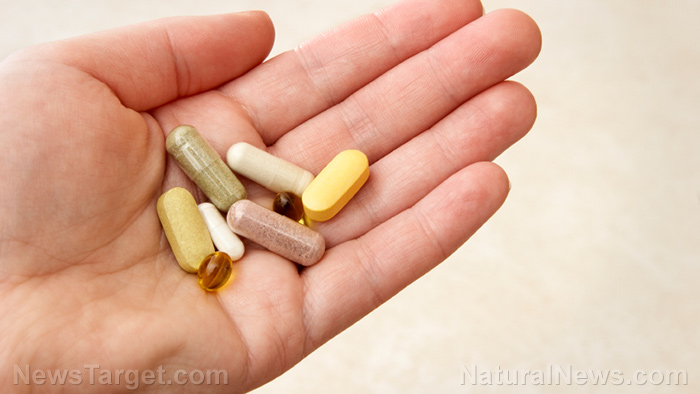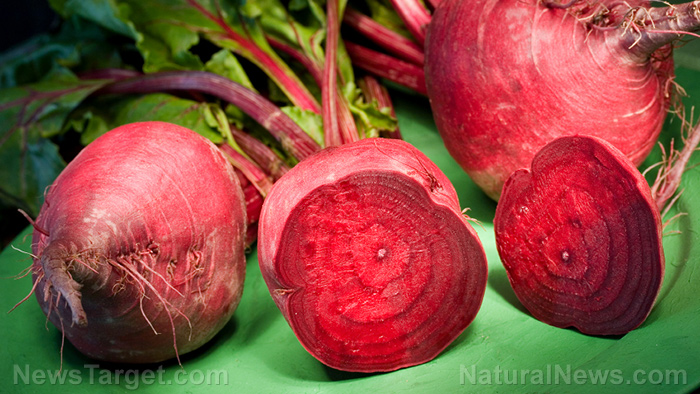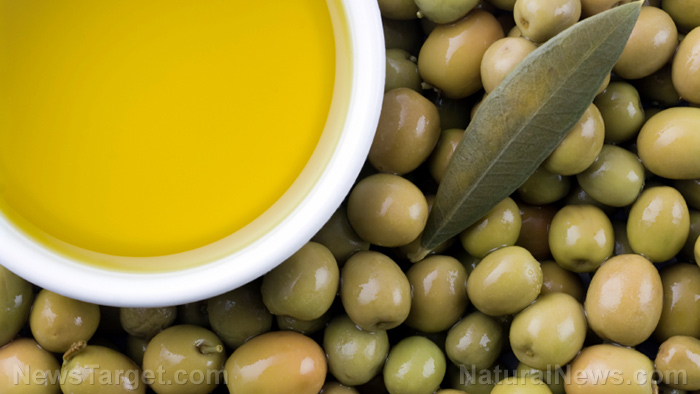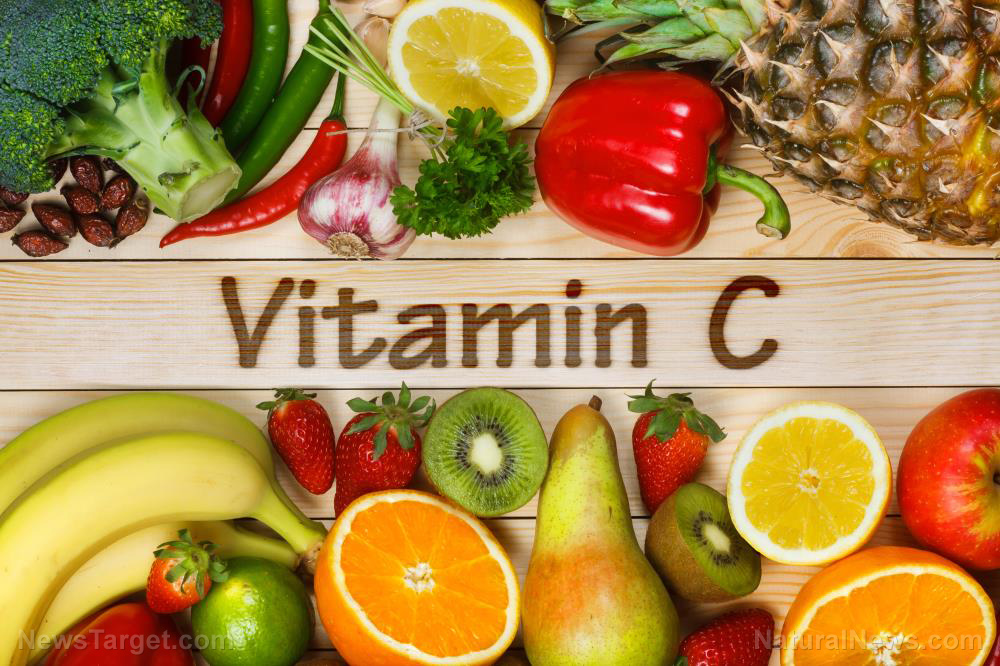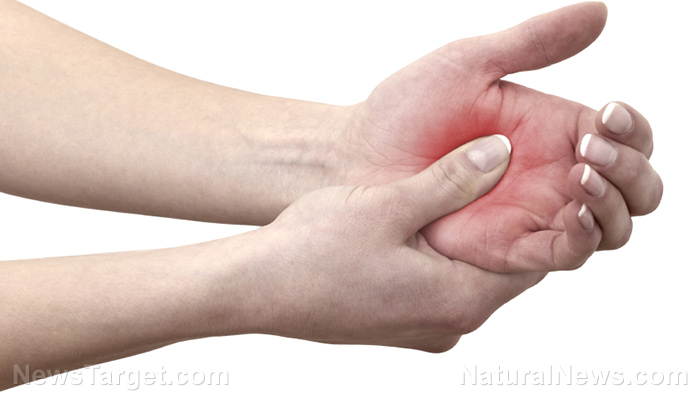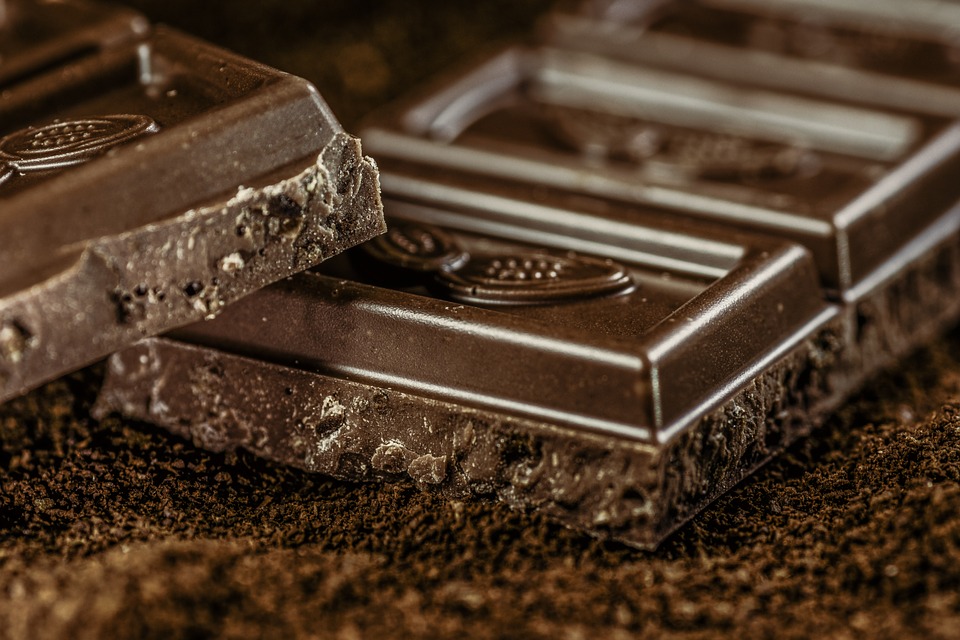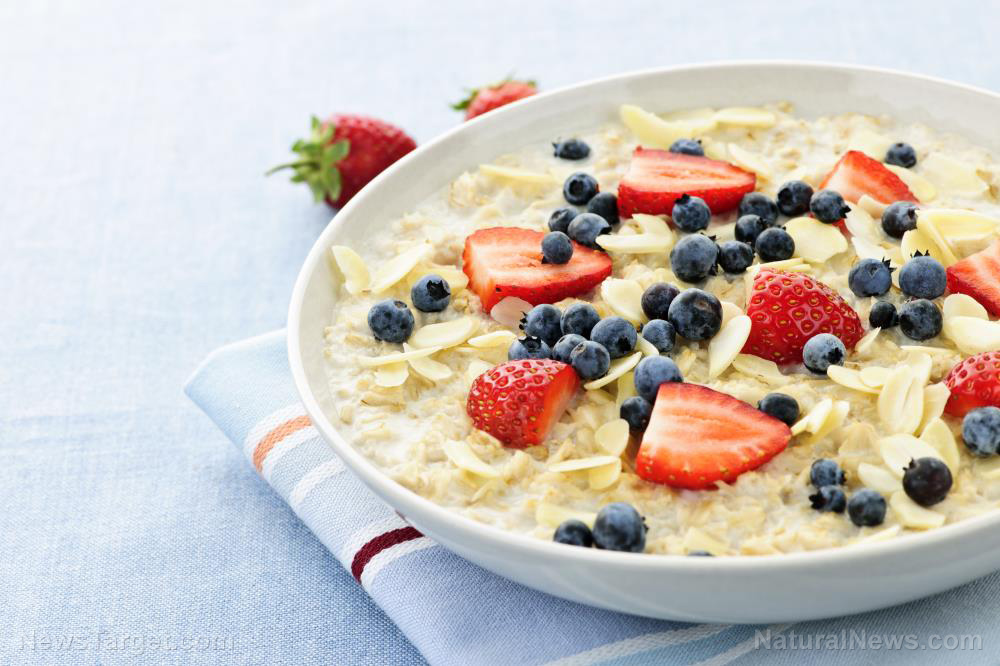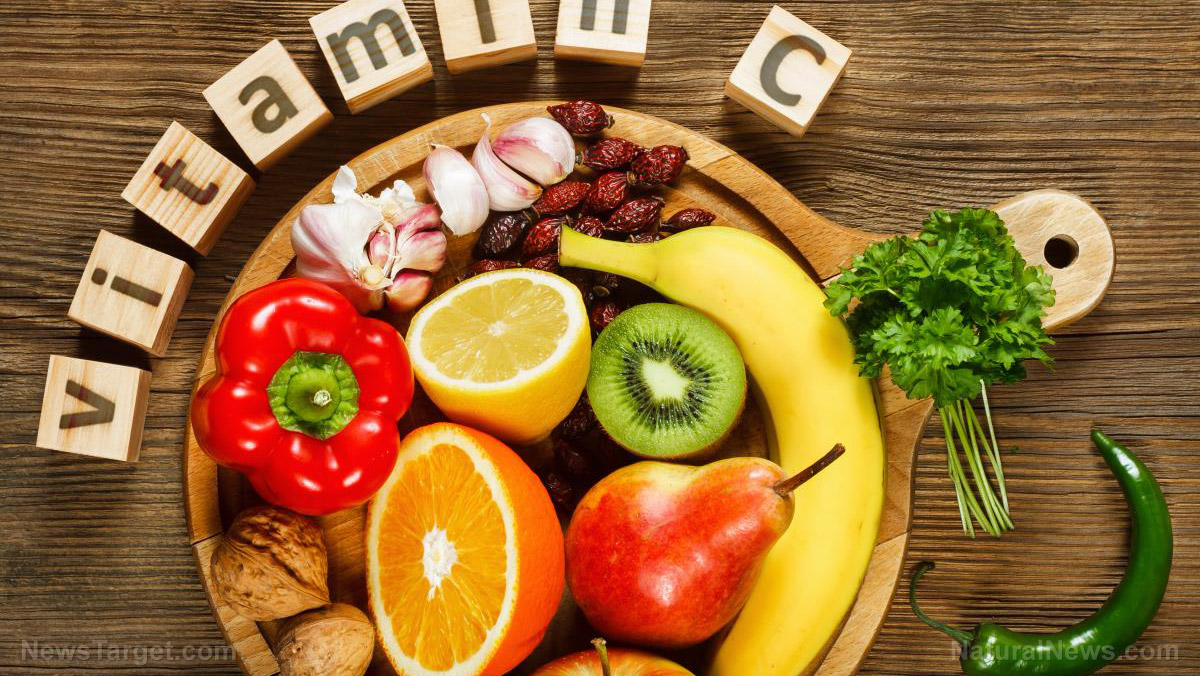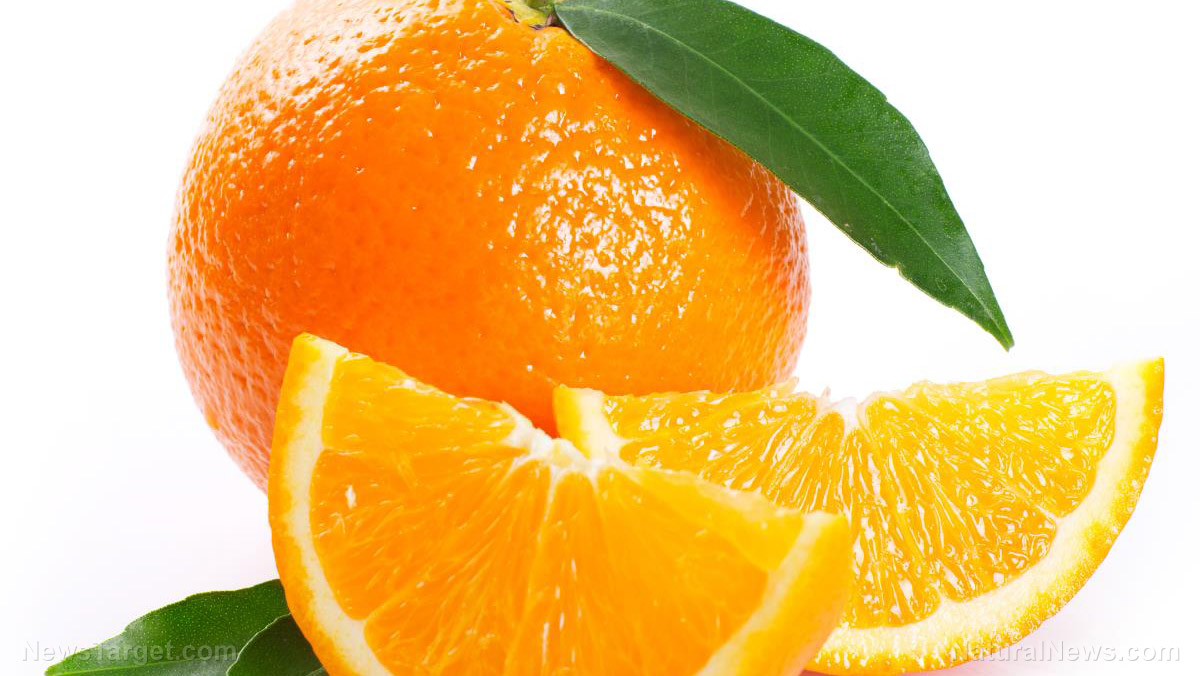Watch out for this new superfood: Haskap berries contain up to 13x more anthocyanins than blueberries
10/03/2018 / By Isabelle Z.
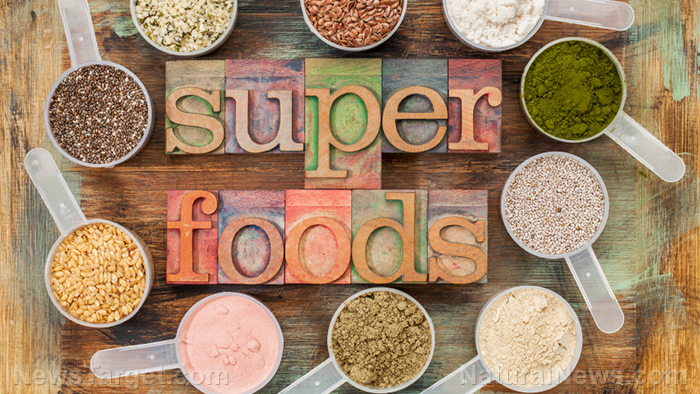
When you think of superfoods, blueberries are usually one of the first foods to come to mind. Widely revered for the protective power of the anthocyanins that lend these plump berries their attractive purple shade, they’re unquestionably among the most nutrient-packed fruits you can consume. However, there’s a relatively new player on the superfood scene that could give these long-standing favorites a run for their money: haskap berries.
What makes haskap berries so special? Their biggest edge over blueberries is the fact that they contain as much as 13 times as many anthocyanins. They’re poised to become the next big superfood in Europe, where U.K. fruit supplier Soloberry has just been granted approval to commercialize the berry.
The taste of these berries calls to mind a mixture of raspberries, blueberries and blackberries with a hint of tart apple. The name “haskap” means “little gift at the end of a branch,” but they’re sometimes referred to as honeyberries or blue honeysuckle. They measure approximately two centimeters long and are rectangular in shape, looking a bit like a stretched-out blueberry.
According to Soloberry, their flavor is perfectly suited to making jams, juices and relishes, and they’ll also be sold fresh and frozen. The company plans to grow the European supply of the berries in Poland as the colder climate there is particularly suitable, and they’ve already partnered with several major Polish growers. The fruit is native to Northern Honshu and Hokkaido Island in Japan.
The fruit already enjoys popularity in its native Japan. In Hokkaido, a co-op-style supply chain for the fruit has been in place for a quarter century. The fruit is also sold in Canada, where it grows in the wild in some areas, particularly along the edges of wetlands.
The Canadian firm Haskapa reports that it has seen demand for the berry skyrocket. They cite its versatility as one of its biggest benefits. Easily frozen, they say it can be made into a wine, and they infuse products like vodka, gin and maple syrup with the fruit.
In approving their application to market the berries in the EU, scientists from the European Food Safety Authority said that the available data on the three varieties the firm wants to grow don’t raise any alarm bells when it comes to safety. Soloberry estimates that Brits will consume roughly 100 tons of the berries per year once they hit the market.
The next big superfood
As people grow increasingly health-conscious, we’ve seen a lot of superfoods enjoy tremendous popularity, such as kale, turmeric, ginger and salmon. The haskap berry’s impressive anthocyanin content should help it catch on quite quickly. Anthocyanins are antioxidants found in many fruits and vegetables that are naturally purple or red, including cherries, blueberries, cranberries, pomegranates, blackberries, and the skin of eggplant.
According to research, consuming anthocyanins can improve people’s cholesterol as well as their insulin resistance, making such foods an excellent way to stave off some of the biggest health problems people face in modern times: heart disease and diabetes.
They’ve also shown promise in treating cancer thanks to their ability to decrease the expression of some types of cancer genes and raise the expression of genes that suppress tumors.
The haskap berry might be obscure in most places right now, but this is one fruit you can expect to hear a lot more about in the future as more people discover its health benefits, versatility, and delicious taste.
Sources for this article include:
Tagged Under: anthocyanins, Blueberries, food is medicine, haskap berries, honeyberries, prevent disease, Soloberry

